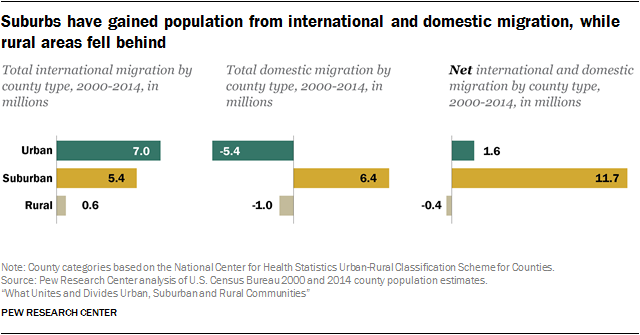Personally I can say the only reason I don't ride my e-bike more for daily use is due to the rampancy of bike theives and vandals. Shit is genuinely getting hard to deal with and I don't have time or money to put up with it.
If I could guarantee with just a high end u-lock or bike chain, something not too unreasonable, if that allowed me to park my bike at a busy grocery store and be able to ride home 15 minutes later, I'd use it that way. I genuinely love my e-bike and find it fun to ride, even with the annoyance of locks and security.
But after having wheel(s) stolen, a shifter broken, lines cut and even a lock fucked up, and after having transients and crackheads harass me for parking and locking up, I've just given up. Our police are still choosing not to do anything about this kind of crime, and I can't get insurance against theft like I can with my car.
Plus, my EV has security and cameras, and critically is big enough that even a jacked up thief can't walk off with it. Worst they can do is break windows or smash mirrors. I'll waste the extra time and energy driving to the store if it means I won't lose thousands of dollars to theft with absolutely zero chance of recompense.
